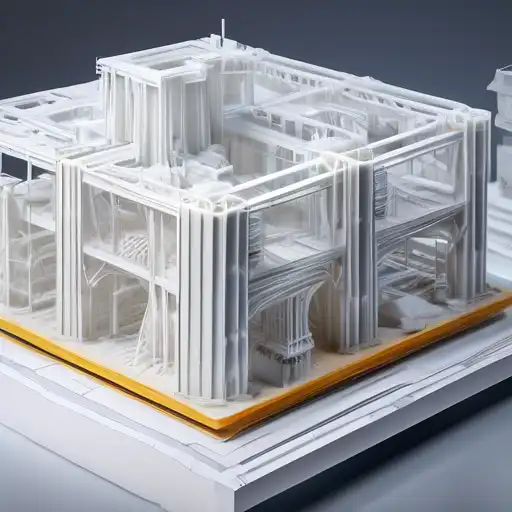Introduction to 3D Printing in Construction
The construction industry is on the brink of a revolution, thanks to the advent of 3D printing technology. This innovative approach to building is not only faster and more cost-effective but also opens up new possibilities for architectural design and sustainability. In this article, we explore how 3D printing is shaping the future of construction.
The Benefits of 3D Printing in Construction
3D printing, or additive manufacturing, offers numerous advantages over traditional construction methods. These include:
- Reduced Construction Time: Projects that once took months can now be completed in days.
- Lower Costs: Minimizing labor and material waste significantly reduces expenses.
- Design Flexibility: Complex geometries that were once impossible are now achievable.
- Sustainability: Using precise material quantities reduces waste, and many 3D printing materials are recyclable.
Current Applications of 3D Printing in Construction
Around the globe, 3D printing is being used to construct everything from small residential homes to large commercial buildings. Notable examples include:
- The first 3D-printed house in the Netherlands, which was fully habitable.
- A 3D-printed office building in Dubai, showcasing the potential for commercial applications.
- Emergency housing projects, where 3D printing provides quick and affordable solutions for disaster relief.
Challenges and Future Prospects
Despite its potential, 3D printing in construction faces several challenges, including regulatory hurdles and the need for further technological advancements. However, as the technology matures, it is expected to become a mainstream construction method, offering a sustainable and efficient alternative to traditional building techniques.
Conclusion
3D printing in construction represents a significant leap forward in building technology. With its ability to reduce costs, time, and environmental impact, while enabling unprecedented design freedom, 3D printing is truly building tomorrow. As the industry continues to evolve, we can expect to see even more innovative applications of this transformative technology.
For more insights into the future of construction technology, explore our technology section.
